NASA Releases Hubble Version Of Non-Comet Objects From Messier Catalog [PHOTOS]
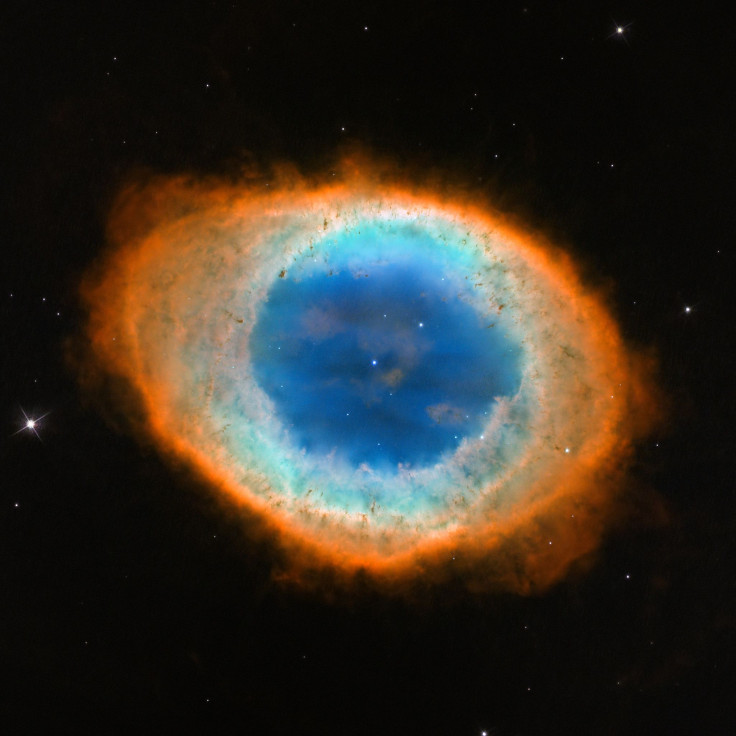
As Earth approaches the debris field left behind by Halley’s Comet from its last visit to the inner solar system in 1986 — a transit that produces the annual Orionid meteor shower, which will peak in the early hours of Oct. 21 this year — NASA has released a new version of the Messier catalog. The newly released images of the non-comet Messier objects were all captured by the Hubble Space Telescope.
French astronomer Charles Messier first put together a catalog of non-comet celestial objects, called "Catalogue des Nébuleuses et des Amas d’Étoiles" ("Catalogue of Nebulae and Star Clusters"), in 1774 to help comet seekers by telling them what they should not waste their time on. It included, at the time of his death, 103 objects, but the catalog was revised in the 20th century to include a total of 110 objects, all of which can be observed from Earth’s northern hemisphere.
The Hubble catalog gallery currently shows 90 photographic images of 63 of these so-called Messier objects. Most of these are images taken from the archives of over 1.3 million photographs taken by the space telescope. Eight photographs, however, have never been released by NASA before and are newly processed. Among the older images, some "represent the first Hubble views of the objects, while others include newer, higher resolution images taken with Hubble’s latest cameras," according to a NASA statement Thursday.
The first image in the Messier catalog, called M1, was that of the Crab Nebula, which Messier mistook for the Halley’s Comet — his inspiration for creating his catalog. The Hubble image of the nebula, which is 6,500 light-years from Earth, is a combination of 24 separate exposures taken over three months.
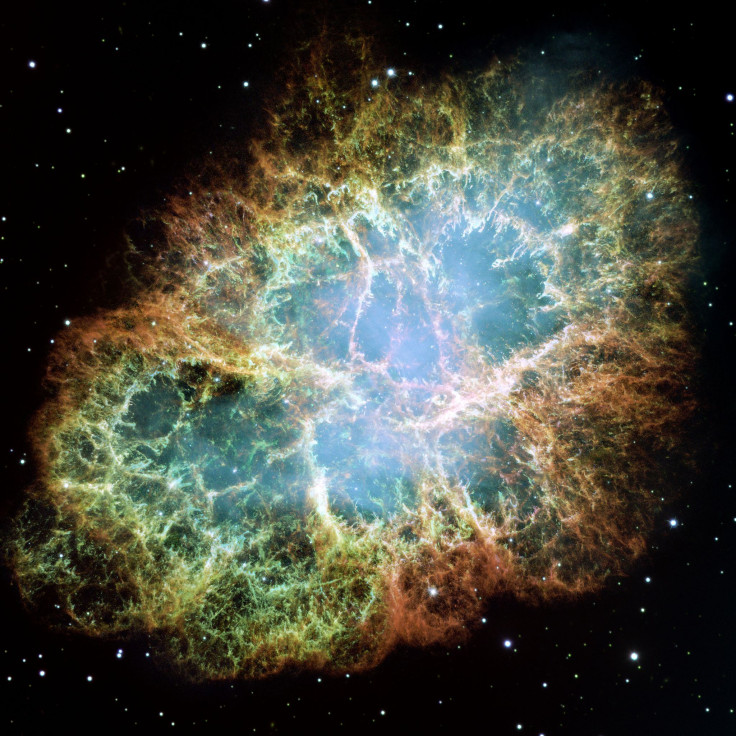
The other objects in the Messier catalog have been named M2, M3, M4 and so on. Below are some of the spectacular Hubble images of some of these objects.
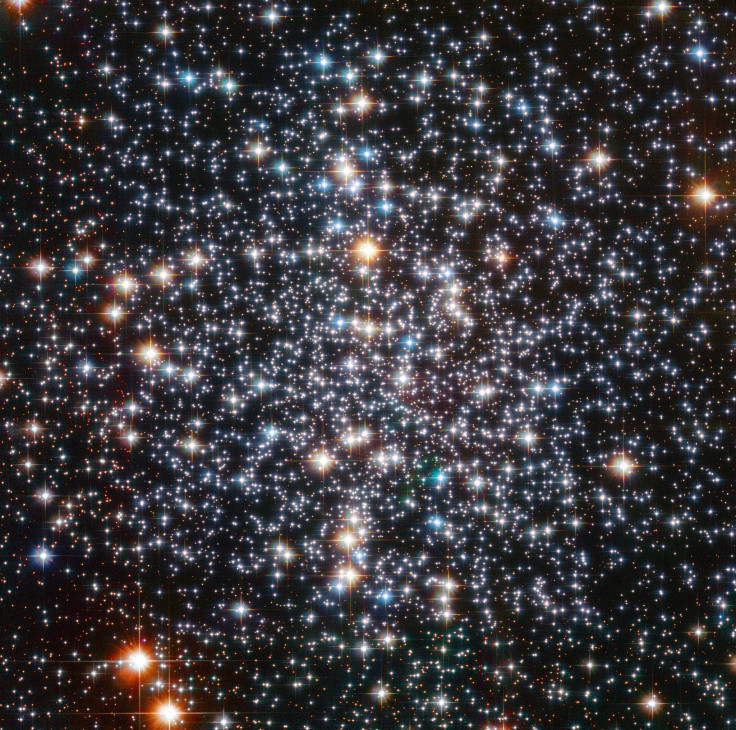
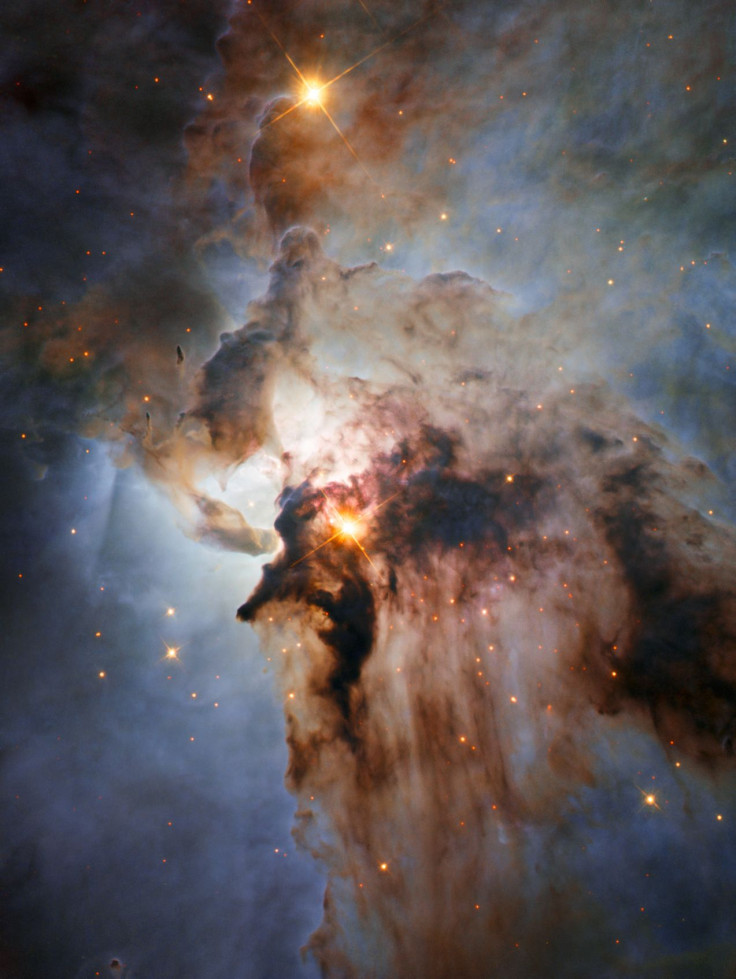


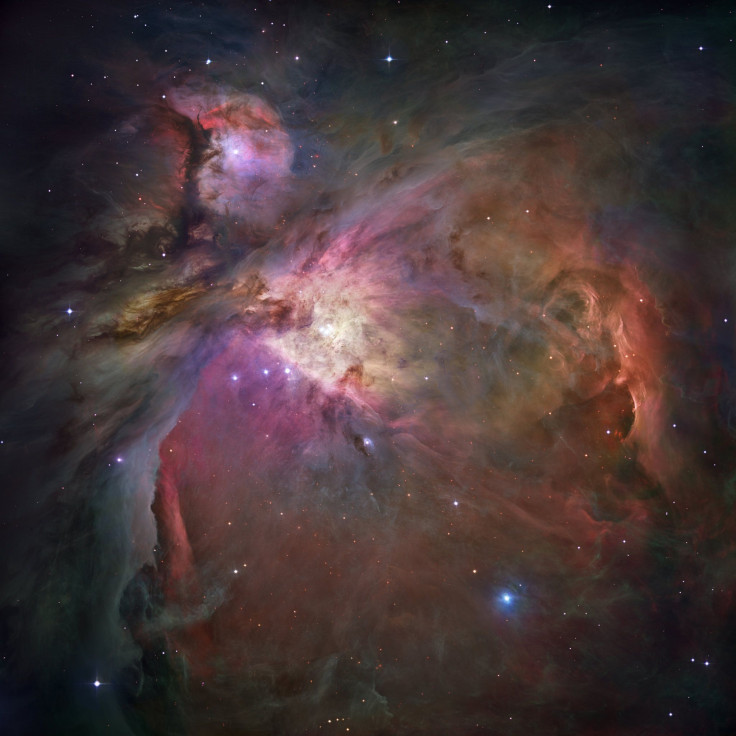



Even though only 63 Messier objects are in the Hubble catalog currently, a total of 93 Messier objects have been imaged by the telescope as of September 2017. Not all images obtained by the space telescope are photographic, however. Some of these images are spectra — a breakup of the object’s light into component wavelengths that help identify properties like the object’s chemical composition, temperature and the velocity it is traveling at. These spectral images were not included in the newly released catalog.
There are limitations of Hubble’s capacity (it has a relatively small field of view, even though it’s magnification is very efficient) and on the observation time, imposed by demands from scientists and astronomers around the world for various research purposes. This is partially why the Hubble catalog of Messier objects does not include all the 110 objects in the original.
The colors seen in the Hubble images released by NASA are not how the objects will appear to the human eye. The telescope can see in wavelengths of light beyond the human capacity for vision, and features visible only in such wavelengths are given false colors to make them visible to humans.
NASA has made all the Hubble photographs (as well as a portrait of Messier) of Messier objects available on this Flickr page.
© Copyright IBTimes 2024. All rights reserved.





















